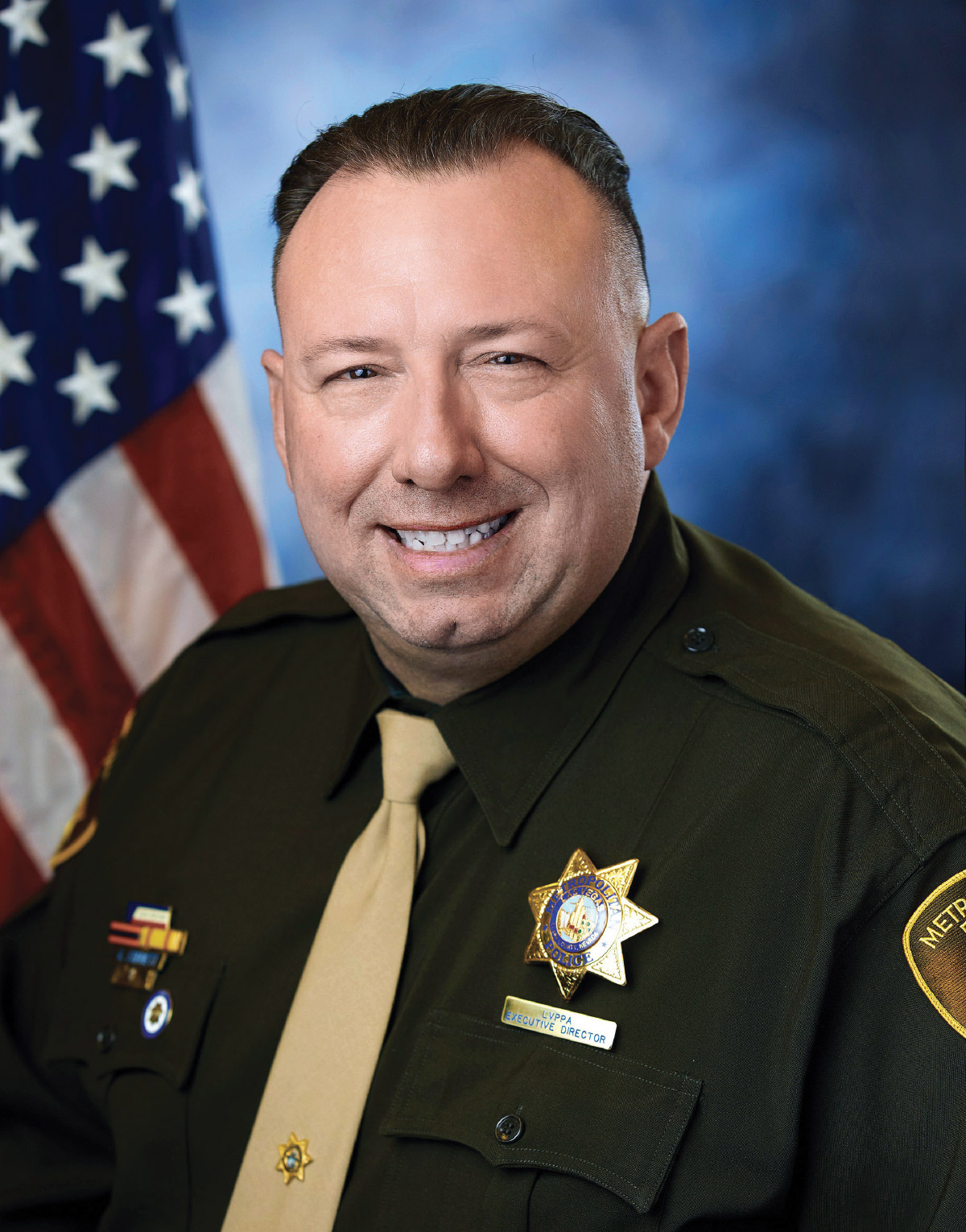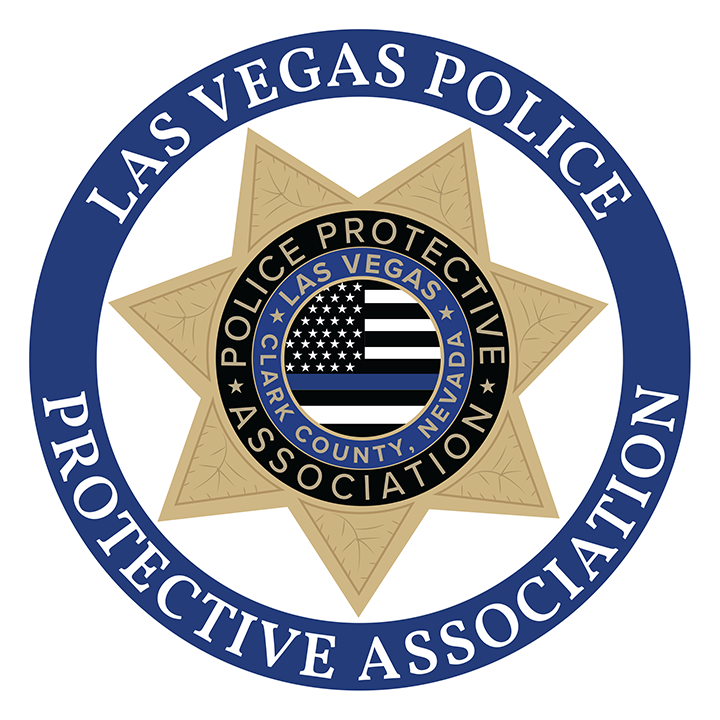
Secretary
Throughout August and September, the Executive Board will be visiting the area commands to brief the membership on trending events and issues that directly affect our members. There are times when officers are not present for these briefings. I wanted to take this opportunity to provide an overview of what we will be discussing this year.
Contract
For the majority of our officers, longevity pay, or the lack of it, has always been an issue. In my travels, the constant theme I hear is, “It’s never coming back.” First and foremost, I would like to thank our contract team for relentlessly working on this issue. I would also like to thank Sheriff McMahill. When he ran for sheriff, he publicly supported our officers receiving longevity pay. As you can imagine, throughout our negotiations with the City of Las Vegas and Clark County, the idea of bringing back longevity pay in some form or another was not popular. In the end, we were successful. Our new contract became effective July 1 and is available to view on our website.
Here are a few of the changes and added benefits:
- Officers hired after October 24, 2011, will receive an additional 4% pay increase at 10 years of service, an additional 4% pay increase at 15 years of service and an additional 4% pay increase at 20 years of service.
- Every officer will receive one additional “Professional Day” per year.
- The new court appearance minimum time is three hours.
- The clothing allowance is $2,100/$2,200 for traffic officers.
- Officers will be allowed to carry 280 bonus hours, and the sellback will remain at 240 hours.
- Regarding discipline purging, a major will now purge at four years (still five for a criminal offense). A minor will now purge at two years.
I invite you to visit the website to review the contract in its entirety.
Use of Force/Blue Team Reporting
Please, never write a report, especially a use-of-force report, without viewing the available body-worn camera video. Use-of-force incidents are dynamic; they are often times rapid, violent encounters where a lot happens in a very short period. Do not rely on your memory or a belief that a supervisor will prompt you to correct a mistake. In some events, what the officer perceives as occurring may not be the same as what the video depicts. It is perfectly acceptable and important to address that in your report. When writing a use-of-force report, consider the 70/30 rule. Make the content of the report mostly about what the suspect is doing — comments, body language, refusal to obey commands, levels of resistance, etc. — and what crimes he/she is suspected of, including when they are obstructing/resisting you. Then articulate what your perception of their actions was, whether you believed the suspect(s) is actively attempting to harm you, etc. After painting that picture, articulate what actions you took to stop the threat and take the suspect into custody. Lastly, remember this, we are available 24/7 to assist you. If you have any questions, feel free to call us. If needed, we will come to the station to assist you in the reporting process.
Social Media
Social media is an ever-evolving platform. It connects us to friends and family throughout the world. It is a way for us to communicate with many people instantly. As a police/corrections officer, there is an added liability with using social media. Before you post, comment or private message any content, please take a moment to consider what the content is. The social media platforms are not obligated to protect your content. If, for example, you are messaging another person in private, where no one else can see what you are saying, the social media platform does not have an obligation to protect that content. If they deem it inappropriate or potentially illegal, they can report the content to authorities regardless of whether it was posted publicly or privately. Keep in mind that when you post pictures of yourself in uniform and/or identify yourself as a police/corrections officer in the occupation section of the page, the platform can see that as well. Operate under the assumption that every post, comment and/or private message is being monitored.
Truthfulness in CAD
Every year we discuss this topic in briefings, and every year we have officers who are terminated for truthfulness in CAD issues. If you generate an event in CAD, go there. If you do not, articulate in the details section why you did not. If you go somewhere other than where you are assigned, go “To Other.” Every year we deal with Internal Affairs cases where an officer is assigned to a certain location but is at another. Keep in mind the Department can GPS track your patrol car. Do not generate an event at a particular location with the intent of being somewhere else.
Membership Survey
At the end of September, we are going to push out a membership survey. This survey will be an opportunity for us as an Association to learn what we are doing right and what we can improve on. This survey will provide you with an opportunity to give us feedback on each Executive Board member, our legal, labor relations and office staff, as well as our events and other pertinent topics. The survey may seem a bit lengthy. We ask that you please take the time to participate and complete it. It is our goal to provide you with the best service possible; therefore, your input is essential.
Overtime Lawsuit
If you are a member who works overtime and has not signed up for the FLSA litigation, please do so immediately. The sign-up period is not indefinite. There will be a time when we will no longer be able to sign up new participants, and that time is rapidly approaching. You can come into the office to complete the paperwork. It is simple and takes only a few minutes.
As always, we are a phone call away and we appreciate your membership. If your squad would like to meet with us on a training day to go over trending issues, use-of-force issues, and/or debrief critical incidents and how we respond to them, please reach out. Stay safe.

